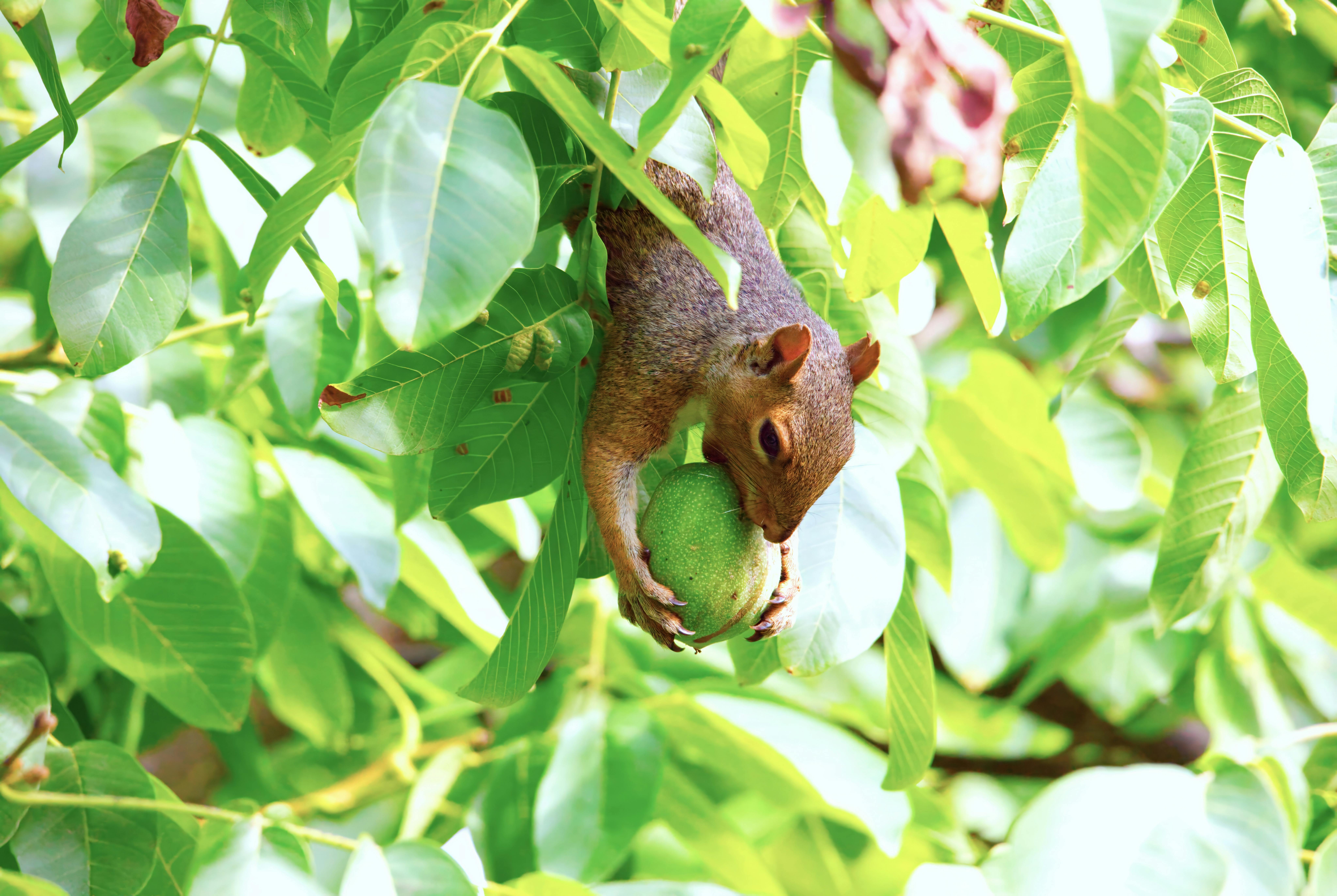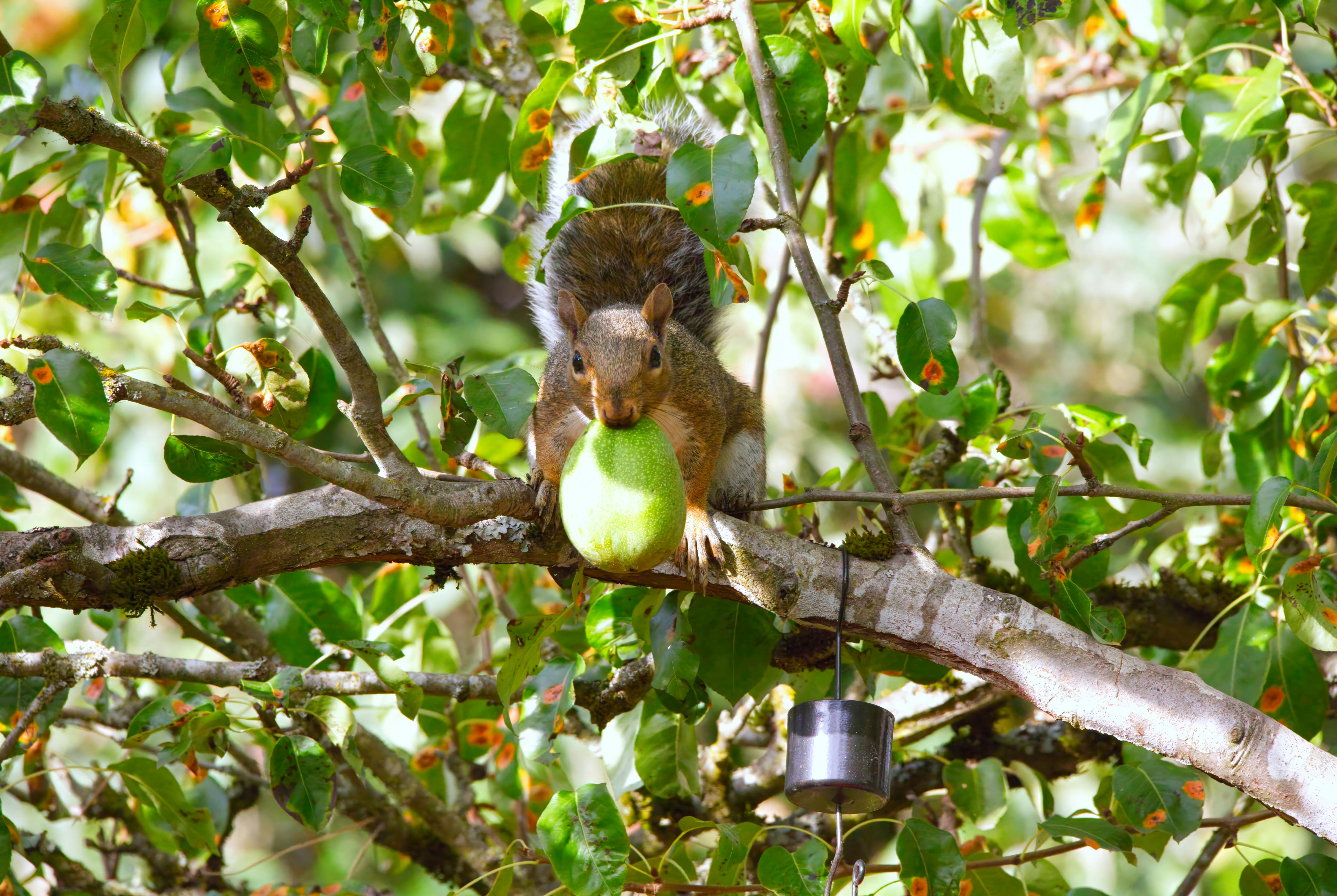Fruit trees can be an attractive addition to any garden, providing not only decorative greenery but also delicious fruits. Knowing how to identify a fruit tree is essential for those wanting to grow and harvest fruit. There are many different types of fruit trees, each with its own unique look and characteristics. By understanding the basic features of a fruit tree, you can easily identify the variety you have in your garden.To identify different types of fruit trees, look for specific characteristics in the leaves, bark, and fruit. For example, apple trees have oval or round-toothed leaves that grow in alternate patterns, smooth gray bark with distinctive lenticels, and round fruits that typically hang in clusters. Cherry trees have oval or lance-shaped leaves with finely toothed margins, reddish-brown or gray bark with horizontal lines or grooves, and small red fruits that hang in bunches. Additionally, peach trees have oval or lance-shaped leaves with finely serrated edges, reddish-brown bark that is often scaly or furrowed along the trunk and branches, and rounded fruits that grow individually.
Look for Unique Features of Specific Fruit Trees
When selecting a fruit tree for your home orchard, it is important to consider the unique features of each type of tree. Different types of fruit trees have different characteristics that can make them better suited to certain climates and growing conditions. For example, some trees are more tolerant of cold temperatures, while others may need more warmth to thrive. Additionally, some trees produce larger fruits than others, while other varieties are easier to care for and maintain.
Climate
When selecting a fruit tree for your home orchard, it is important to consider the climate in which you live. Some types of trees may be more suited to cooler temperatures than others, while some may need more warmth. If you live in an area with extreme temperatures during the summer and winter months, then it is best to choose a variety that can withstand these extremes. Additionally, if you live in an area with a lot of rainfall or humidity, then there are certain varieties that can handle these conditions better than others.
Fruit Size
The size of the fruits produced by a particular type of tree may also be an important factor when selecting a fruit tree for your home orchard. Some varieties produce larger fruits than others, which can be beneficial if you plan on harvesting larger quantities of fruit from your tree. Additionally, larger fruits may also have more nutritional value than smaller ones due to increased exposure to sunlight when they grow on the tree.
Maintenance Requirements
The maintenance requirements for different types of fruit trees will vary depending on the variety you choose. Some trees require more pruning and care in order to remain healthy and productive while others may require minimal maintenance. It is important to research the particular variety you select in order to understand its specific care requirements and ensure that you are able to provide adequate care for your tree over time.
Examine the Leaves and Bark of a Fruit Tree
Examining the leaves and bark of a fruit tree can give you valuable insights into the health of your tree. The leaves are the primary source of photosynthesis in a plant, and their appearance can tell you a lot about how well your tree is doing. The bark is also important because it serves as a protective layer for the tree and can indicate if there are any underlying issues with its health. By regularly inspecting the leaves and bark of your fruit tree, you can spot potential problems early and take steps to remedy them before they become serious.
When looking at the leaves of your fruit tree, check for any discoloration or spotting. This may indicate an underlying problem such as disease or infestation that needs to be addressed. Make sure to also check for any signs of wilting or curling which may be caused by drought or other environmental stressors. If you see any pests or signs of infestation, take note and contact a professional as soon as possible to address the issue.
The bark of your fruit tree should also be examined regularly for any signs of damage or disease. Look for cracked or peeling bark which could indicate underlying problems such as root rot or fungal infection. If you see any discoloration in the bark, take note and contact a professional immediately to investigate further. Additionally, look for signs of burrowing pests such as wood borers which could cause extensive damage to the tree if left untreated.
By examining both the leaves and bark on your fruit tree regularly, you can catch potential problems early on and take steps to protect your valuable asset from harm. This will ensure that your tree remains healthy and productive for years to come!
Check the Size and Shape of the Fruits on a Tree
It is important to check the size and shape of the fruits on a tree before harvesting. This can help determine when the fruit is ready for picking. It also helps determine if there is a problem with the tree or if the fruit is unripe.
When inspecting a tree, look for fruits that are soft, plump, and have an even color. The size of the fruit should be consistent with other fruits on similar trees in your area. If you find a large number of undersized or misshapen fruits, it could be an indication that something is wrong with the tree.
In addition to size and shape, look for any signs of disease or pest infestation that could affect the quality of the fruit. Inspecting for blemishes, discoloration, and other deformities can help you identify potential problems before harvesting.
Finally, take note of any unusual smells coming off of the fruit or foliage around it. These could be a sign of over-ripeness or spoilage caused by fungus or insects. In this case, it would be best to leave these fruits on the tree until they are ready for harvest.
Environment
Identifying a fruit tree can be difficult, especially if you are unfamiliar with the environment. It is important to consider the climate, geography and soil type when attempting to identify a fruit tree. The climate of an area will determine what types of trees can survive in that region. For example, tropical climates are ideal for growing citrus trees, while cooler climates may be better suited for apples or pears. Geography can also affect the type of tree you find in an area; certain species may be more likely to grow in hilly regions or near water sources. Additionally, soil type is essential to consider when identifying a fruit tree, as some species require nutrient-rich soil while others need sandy or clay-based soils. All of these environmental factors must be taken into account when attempting to identify a fruit tree.

Fruits and Their Trees
Fruits are a great part of our diets, providing us with essential vitamins and minerals. Knowing the different types of fruits and their trees can help us make better food choices. There are many types of fruit trees, each with its own unique characteristics. Apples, oranges, and pears are common tree fruits that grow in temperate climates. Apples are one of the most popular tree fruits with many varieties available in supermarkets. The apple tree is medium-sized and can reach up to 15 feet tall. The leaves are oval-shaped with a glossy green color on top and a paler shade underneath. Apples ripen in the late summer or early fall months when they turn a deep red or yellow color, depending on the variety.
Oranges are another popular tree fruit that grow in tropical climates such as Florida or California. The orange tree is smaller than the apple tree, growing up to 10 feet tall. The leaves are dark green with an oval shape and serrated edges. Oranges ripen during the winter months when they turn a bright orange color.
Pears are also popular tree fruits that grow in temperate climates like apples do. The pear tree is slightly smaller than an apple tree, growing up to 12 feet tall. Its leaves have an oval shape with serrated edges and a glossy green color on top and paler shades underneath. Pears can ripen from late summer to mid-fall when they turn yellow or brown depending on the variety.
In addition to apples, oranges, and pears, there are many other types of fruit trees that produce delicious fruits for us to enjoy. Apricots, cherries, plums, peaches, nectarines, figs, pomegranates, kiwis, mangoes, papayas and guavas all come from different types of fruit trees that thrive in different climates around the world. Knowing about these various types of fruit trees can help us choose which ones best suit our needs for healthy snacks or recipes!
Utilize Online Resources for Identification Purposes
Nowadays, the internet has become an invaluable tool for many businesses and individuals. With the right resources, it can be used to identify people, allowing companies to verify their customer’s identity or provide them with access to services. Utilizing online resources for identification purposes can be a great way to ensure accuracy and security while still protecting sensitive information.
One of the most common methods of identification is through biometrics. Biometric data such as fingerprints, iris scans, and facial recognition are all used to verify an individual’s identity. By using biometric data, companies are able to ensure that only the correct person is accessing their services or making purchases. There are also other forms of identification such as driver’s license numbers and social security numbers that can be used in combination with biometric data for additional security.
Another popular method of identification is through online databases. Companies can use databases such as Lexis Nexis or Experian to search for specific information about an individual. This includes things like address history, credit score, employment history, and more. By utilizing these databases, companies are able to quickly verify an individual’s identity without having to go through each piece of documentation manually.
Additionally, there are various online tools that can be used for identification purposes such as facial recognition software or voice recognition software. These tools allow companies to quickly identify individuals based on their facial features or voice alone. This type of technology is becoming increasingly popular among businesses due to its high level of accuracy and its ability to quickly verify identities without needing a lot of paperwork or manual labor from employees.
Overall, utilizing online resources for identification purposes can be a great way for businesses and individuals alike to securely verify identities without sacrificing accuracy or security protocols. With the right resources in place, companies can make sure that only the correct person is accessing their services while also protecting sensitive information from being compromised in any way.
Observe Blooming Times to Narrow Down Identification Options
Identifying a flower can be a daunting task, even for the most experienced gardener or botanist. With so many varieties of flowers, it can be difficult to tell one species from another. Fortunately, there are a few tricks that can help narrow down your choices. One of the most helpful is observing the bloom times of the flower in question.
By understanding when different flowers bloom, you can eliminate varieties that don’t match up with your observations. For example, if you see a white flower in your garden in early spring, it probably won’t be a rose since roses typically bloom later in the year. Knowing when certain flowers bloom can help you narrow down your list of possible identification options considerably.
In addition to this, it’s also important to take note of when the flower starts dying off after it blooms. Some flowers only stay in bloom for a very short time while others may remain for weeks or even months before fading away. By taking note of this information as well as the blooming times, you’ll be able to identify which types of flowers are likely to be present in your garden and eliminate any that don’t fit this criteria.
Finally, pay attention to how often and reliably the flower appears each year. Many species will return every season while others may only show up sporadically or not at all in some years due to environmental conditions or other factors. Keeping track of when and how often each flower appears throughout the seasons can provide valuable insight into its identity.
By using all three methods together – noting blooming times, fading times and reappearance patterns – you’ll be able to accurately identify a variety of flowers with relative ease and accuracy. So next time you find yourself struggling with identification, take some time and observe these key characteristics and see if they can help you pinpoint exactly what type of flower it is!

Conclusion
Identifying fruit trees is a great way to enjoy the outdoors, learn about different types of fruit trees, and identify the best types for your area. Knowing how to recognize a fruit tree, its leaves, and its fruit can help you plan your garden and choose the best types of trees for your landscape. Once you have identified a few of the most common varieties of fruit trees in your area, you can start to experiment with different combinations of fruits and vegetables in your garden. With some practice and knowledge, you’ll be able to identify any type of fruit tree with ease.
By understanding what makes up a fruit tree, how to identify them based on their leaves and fruit characteristics, and knowing what types are native to your region or area, you can start to build up an impressive collection of edible plants in no time at all!



